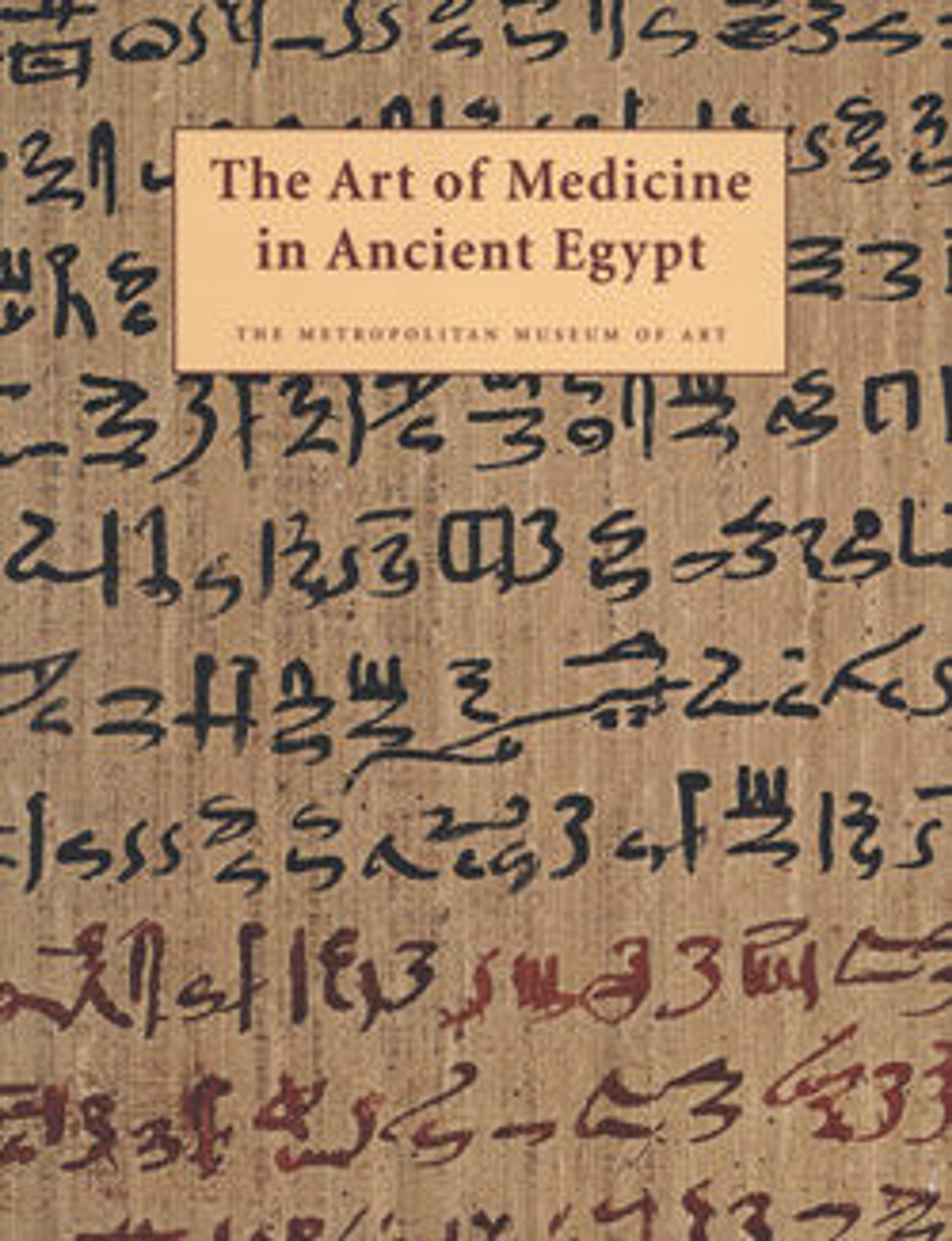Female Bes
Despite its ruined state, this little statue is a plaintive witness to the role of magic in ancient Egyptian health. It was found in the Middle Kingdom cemetery at Lisht, where it had been placed either in a grave or as an offering above a tomb. The figure's lion mane and ears are those of the god Bes (see 1989.281.94), but its body is quite unlike the round, dwarfish torso with which the god is regularly depicted suggesting that it represents the god's much rarer female counterpart, Beset. Like Bes, this goddess was a guardian of mothers during and after childbirth and of their infants. In the cemetery, Beset's presence would have offered the same protection to the deceased in their daily rebirth to new life as a spirit.
Artwork Details
- Title:Female Bes
- Period:Middle Kingdom
- Dynasty:Dynasty 12–13
- Date:ca. 1981–1640 B.C.
- Geography:From Egypt, Memphite Region, Lisht North, Cemetery, debris, MMA excavations, 1913–14
- Medium:Wood
- Dimensions:h. 10.7 cm (4 3/16 in); w. 4 cm (1 9/16 in); d. 2 cm (13/16 in)
- Credit Line:Rogers Fund, 1915
- Object Number:15.3.1088
- Curatorial Department: Egyptian Art
More Artwork
Research Resources
The Met provides unparalleled resources for research and welcomes an international community of students and scholars. The Met's Open Access API is where creators and researchers can connect to the The Met collection. Open Access data and public domain images are available for unrestricted commercial and noncommercial use without permission or fee.
To request images under copyright and other restrictions, please use this Image Request form.
Feedback
We continue to research and examine historical and cultural context for objects in The Met collection. If you have comments or questions about this object record, please contact us using the form below. The Museum looks forward to receiving your comments.
